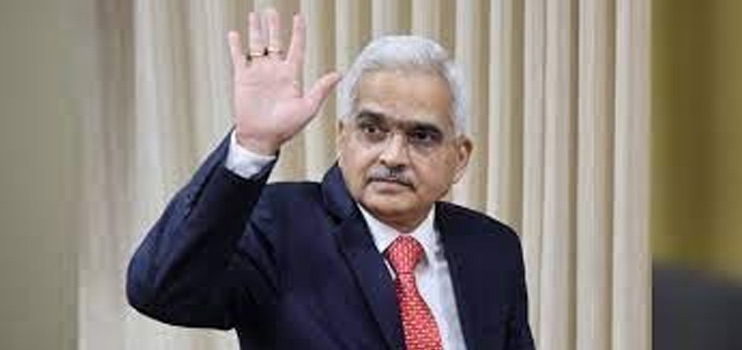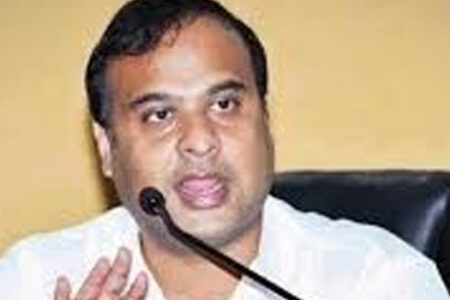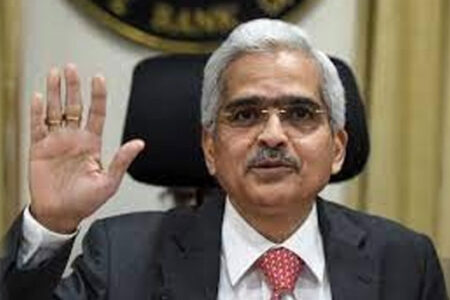Indian central bank’s rate setting body, the Monetary Policy Committee (MPC), at its next meeting in the last week of September will once again raise the policy rate. The question is: How much? If there is no dramatic change on the external front over the next seven weeks, yet another 50-basis points (bps) rate hike is unlikely. One bps is a hundredth of a percentage point.
It could be a 35-bps hike, which will take the policy rate from 5.4 per cent to 5.75 per cent. One can’t entirely rule out even a smaller dose, a 25-bps hike.
Since the Reserve Bank of India (RBI) seems to be determined to ensure a soft landing of the economy through frontloading the rate hikes, the probability of a 35-bps hike at the next meeting is strong.
The last time the RBI had a 5.4 per cent policy rate was in August 2019. The retail inflation at that time was 3.28 per cent, marginally up from 3.15 per cent in July 2019.
That was a time when the interest rate cycle was in a reverse gear. Months before, in June 2019, the policy rate was 5.75 per cent. What was the level of retail inflation then? It was 3.18 per cent, rising from 3.05 per cent in May.
The MPC’s flexible inflation target is 4 per cent with a band of 2 per cent on either side. It has been above the upper limit of the band since January 2022.
Assuming a normal monsoon and average price of Indian basket crude at $105 per barrel, the latest MPC meeting has stuck to the June inflation projection of 6.7 per cent for FY2023. It has fine-tuned the projection for the second and third quarters but left the fourth quarter estimate unchanged at 5.8 per cent (7.1 per cent in the second quarter and 6.4 per cent in the third) with risks evenly balanced.
For the first quarter of FY24, the retail inflation projection is 5 per cent.
Many analysts are seeing downside risks to the RBI projection — it could be less than 6.7 per cent for the year. Even then, it’s “unacceptable” to the central bank. Hence, the rate has to rise further.
Will the RBI follow up the September rate hike with another in December? And, if so, by how much? Where will it stop? In other words, what is the terminal rate or the neutral rate, which ensures that the economy is in stable equilibrium? When will the current cycle end?
It’s difficult to predict at the moment but if the first quarter of the next fiscal year’s inflation projection is 5 per cent, one can expect at least a 6 per cent policy rate by December and even a higher rate by April 2023. This will ensure at least 1 per cent positive rate. Negative interest rate is a matter of concern as expressed by RBI Governor Shaktikanta Das in the post-policy media interaction on Friday.
At the moment, most economies in the world are reeling under negative interest rates (inflation is far higher than the policy rates), eroding the value of money.
The last time we had a 6 per cent policy rate was in April 2019 when retail inflation was 2.99 per cent!
In the recent past, the policy rate peaked at 6.5 per cent in August 2018 when retail inflation was 3.69 per cent. Since then, the rate has been sloping down — sharply from 5.15 per cent to 4 per cent between March and May 2020 to fight the onslaught of the Covid pandemic.
After two hikes in May and June, last week’s rate hike has been par for the course.
With telltale signs of growth visible in most pockets, inflation is enemy No 1. The Indian central bank is determined to take the bull by the horns. To complicate the matter, the rupee is also losing its value against the dollar even though the erosion in value is far less than many other emerging market currencies.
The RBI is not overtly worried about a depreciating rupee but it is aware of its impact on inflation. “The volatility in global financial markets is impinging upon domestic financial markets, including the currency market, thereby leading to imported inflation,” Das said.
Between April and August 3, there has been $13.3 billion portfolio outflow. India’s foreign exchange reserves have dropped to $573.9 billion on July 29 from their peak of $642 billion. Besides the RBI’s dollar sale, the devaluation of other currencies against the dollar, too, has contributed to the depletion of forex reserves. (Incidentally, after a long gap, in the week between July 22 and 29, the forex reserves rose by $2.3 billion as the RBI has probably stopped selling dollars and the dollar index, too, weakened.)
External factors such as a widening trade deficit leading to a negative basic balance of payment situation and high current account deficit have also influenced the decision to hike the rate. The governor’s policy statement puts up a brave front but certainly the RBI doesn’t want an encore of FY2013.
The decision to raise the policy repo rate by 50 bps to 5.4 per cent is unanimous by the six-member MPC even as it remains focussed on withdrawal of accommodation to keep inflation within the target, “while supporting growth”.
The MPC seems to be more confident about growth and this is why the RBI will not remain behind the curve. We are in the middle of a rate hike cycle, which may spill over to early next year till the inflation genie is bottled. Of course, every meeting till April 2023 may not hike the rate; there could be a pause once to take stock of the situation, if downside risks to inflation projection increases and the US Federal Reserve gives the impression that it is through with its rate hike cycle.
The MPC’s confidence in India’s growth story stems from many factors. High-frequency data such as production of consumer durables, domestic air passenger traffic and sale of passenger vehicles suggest improvement in urban demand even as rural demand indicators throw up mixed signals. For instance, while two-wheeler sales are rising, contraction is seen in tractor sales. However, good progress of the southwest monsoon and kharif sowing are expected to support rural consumption.
Most importantly, investment activity is picking up. Capacity utilisation in the manufacturing sector is now above its long-term average, signalling the need for fresh investment activities in additional capacity creation. The year-on-year bank credit growth, as of July 15, is 14 per cent against 6.5 per cent a year ago. The increase in capacity utilisation, government’s capex push and large expansion in bank credit should support investment activity.
Clearly, the RBI is not worried about growth. This is why it can fight out inflation, chin up.
Multiple agencies have downgraded India’s growth estimate for FY23 over the past few months but the RBI has stuck to its June projection of 7.2 per cent. Feeble signs of ease in inflation have also not encouraged it to pare its inflation projection for the time being.
We may see minor changes in both at the next MPC meeting when it hikes the rate yet again. That’s the only certainty in uncertain times.



